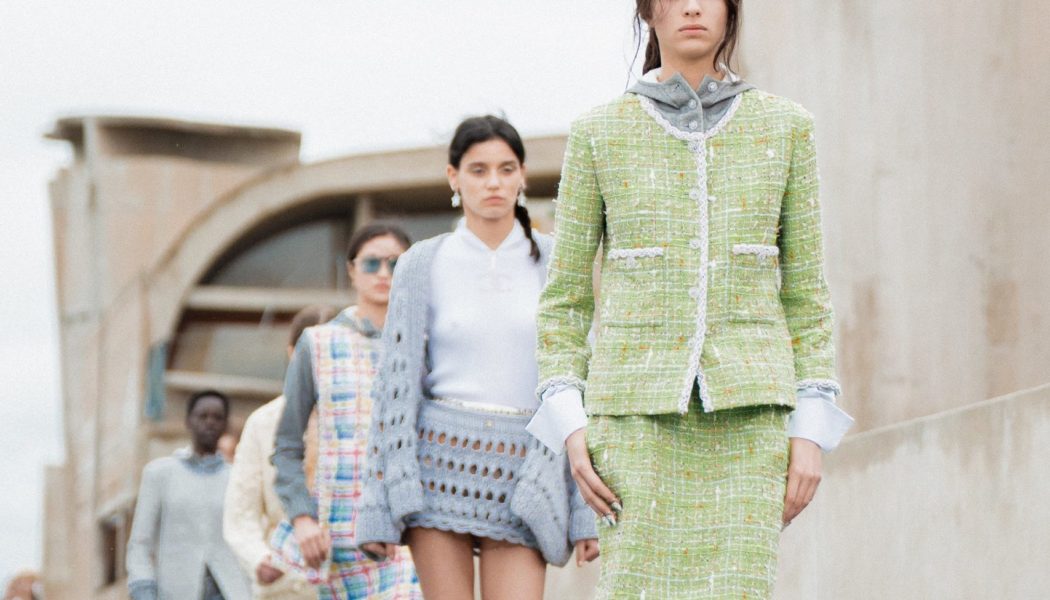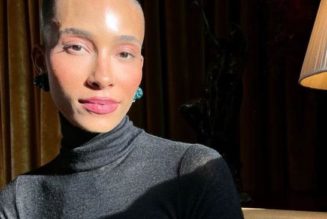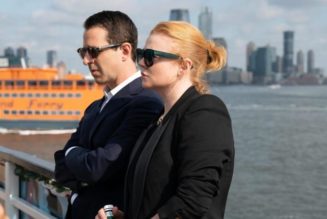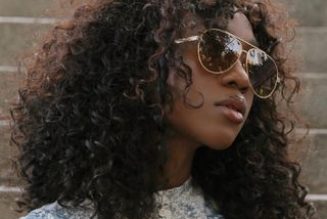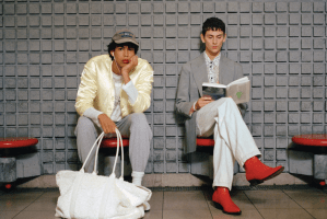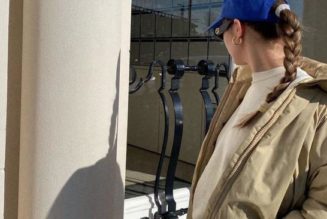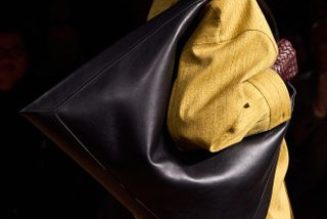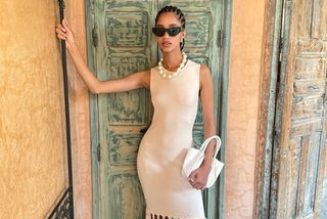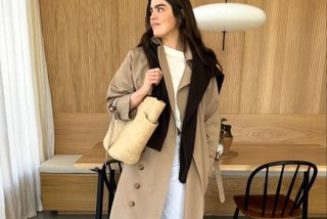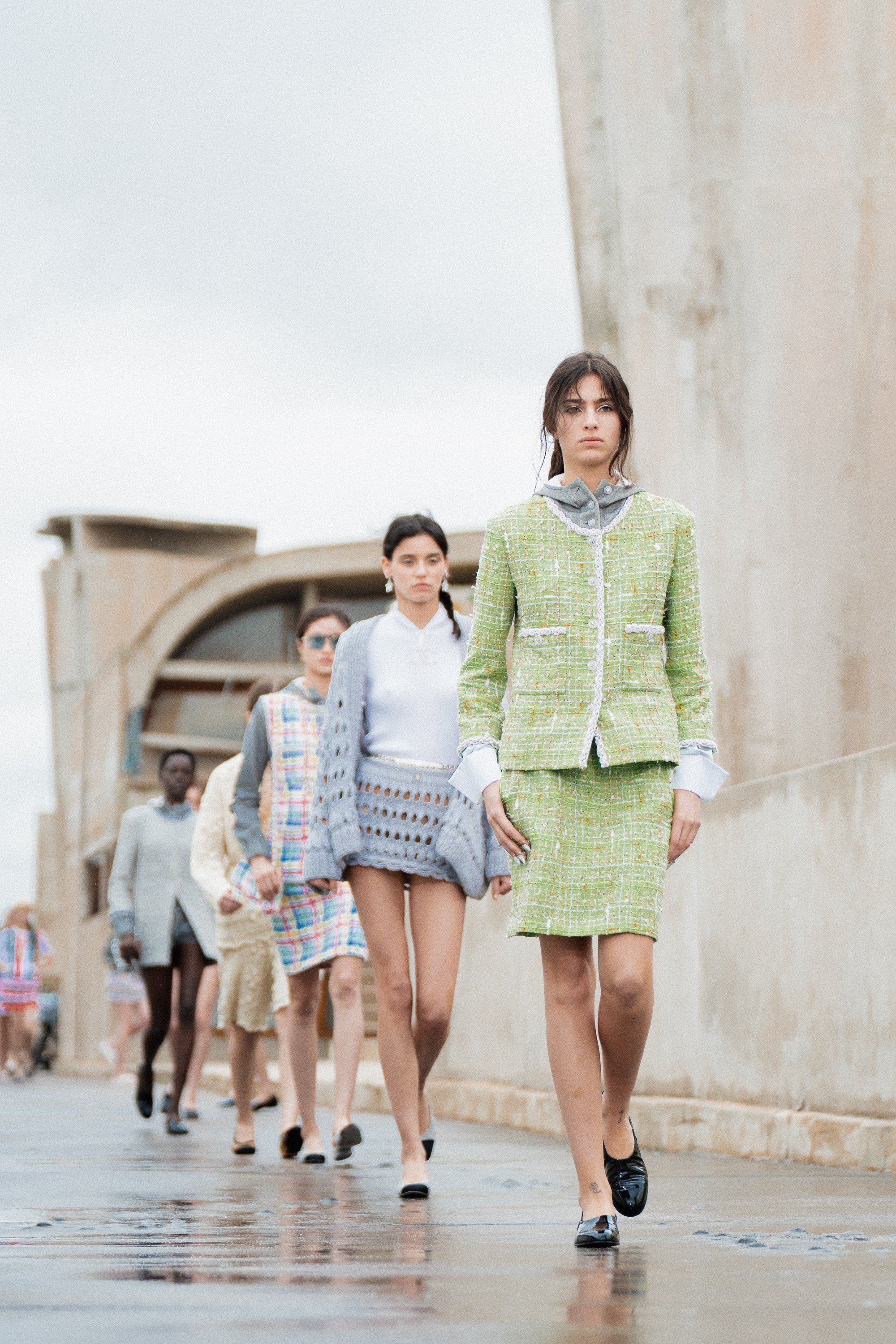
But in recent years, anti-government protests that began in 2019 and ended the following year, and protracted border closures that kept visitors away during the coronavirus pandemic, have affected Hong Kong’s standing as a tourist magnet.
Even at the height of the pandemic, though, Chanel never failed to cultivate its loyal customer base in the city with a series of events catering to local media and clients, not to mention a major expansion of its boutique at the Peninsula hotel, which Pavlovsky called at the time in a video interview with the Post, “one of the most beautiful in the world”.
“We will continue to invest in Hong Kong,” said Pavlovsky in Marseille. “We’re very pleased to be in Hong Kong. We’ve wanted to do this for quite a long time, but Covid kept us from doing something big, so this will be super. We’re very happy to go back to Hong Kong.”
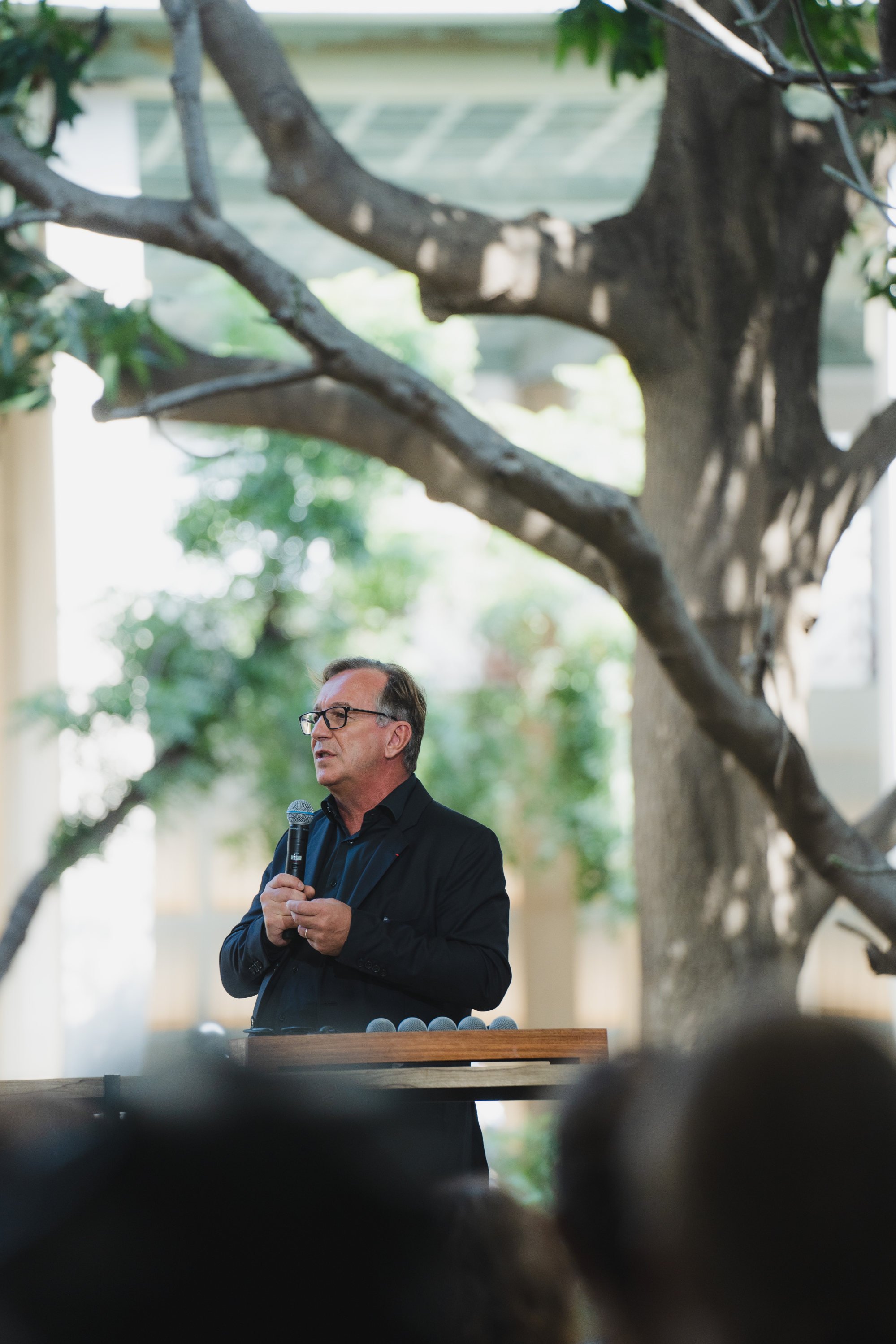
These “pre-collection” shows, as they’re also known, are extremely important – not only because of their high visibility, but also because of their role in strengthening the relationship with long-term VIP clients, and in acquiring new ones.
The cruise collection normally drops in stores in November – or later in the winter, in some cases – and is available until the early summer, much longer than the twice-yearly autumn/winter and spring/summer lines. Also known as a resort collection, the line takes its name from the idea that, back in the day, designers would offer an assortment of looks to wear on holiday – often a cruise – just in time for the end of year’s travel season.
Repeat or replica shows, like the one happening in Hong Kong following the first unveiling in Marseille, play an important role as they take place just as the collection arrives in stores, creating immediate buzz and drumming up interest among clients who don’t have to wait months until the pieces are available for purchase.
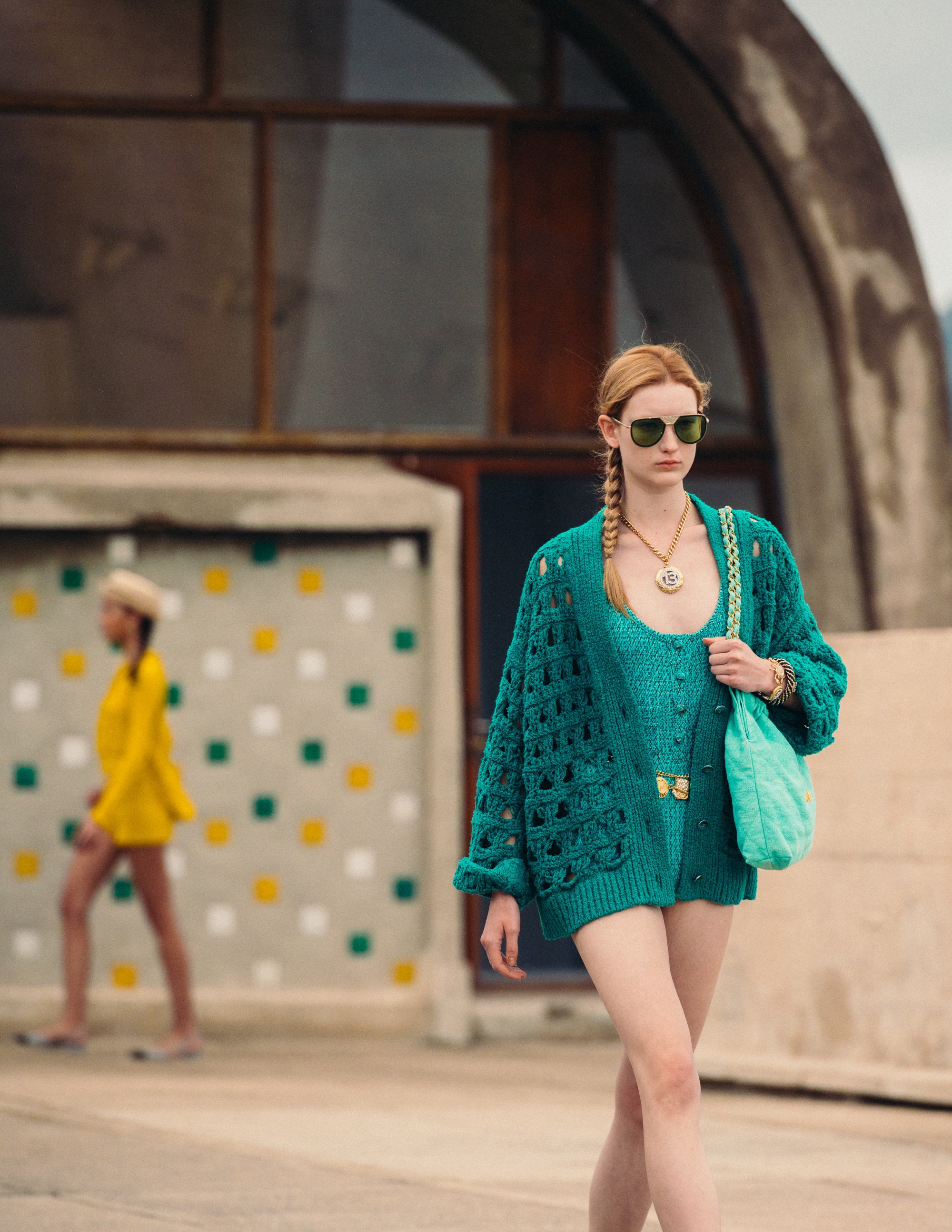
Pavlovsky, who also acts as president of the Fédération de la Haute Couture et de la Mode, is sanguine about the future prospects of the luxury industry – and Chanel in particular – and calls the current situation a normal readjustment after a period of euphoria during and right after the coronavirus pandemic, when customers stuck at home and unable to travel spent freely on luxury goods to rewards themselves.
“The strong brands will still stay strong, while other brands will face changes – but I’m not worried at all,” he added confidently. “We have to deal with [the readjustment], but our strategy is not changing. It’s about creation – and now, that is even more important.”
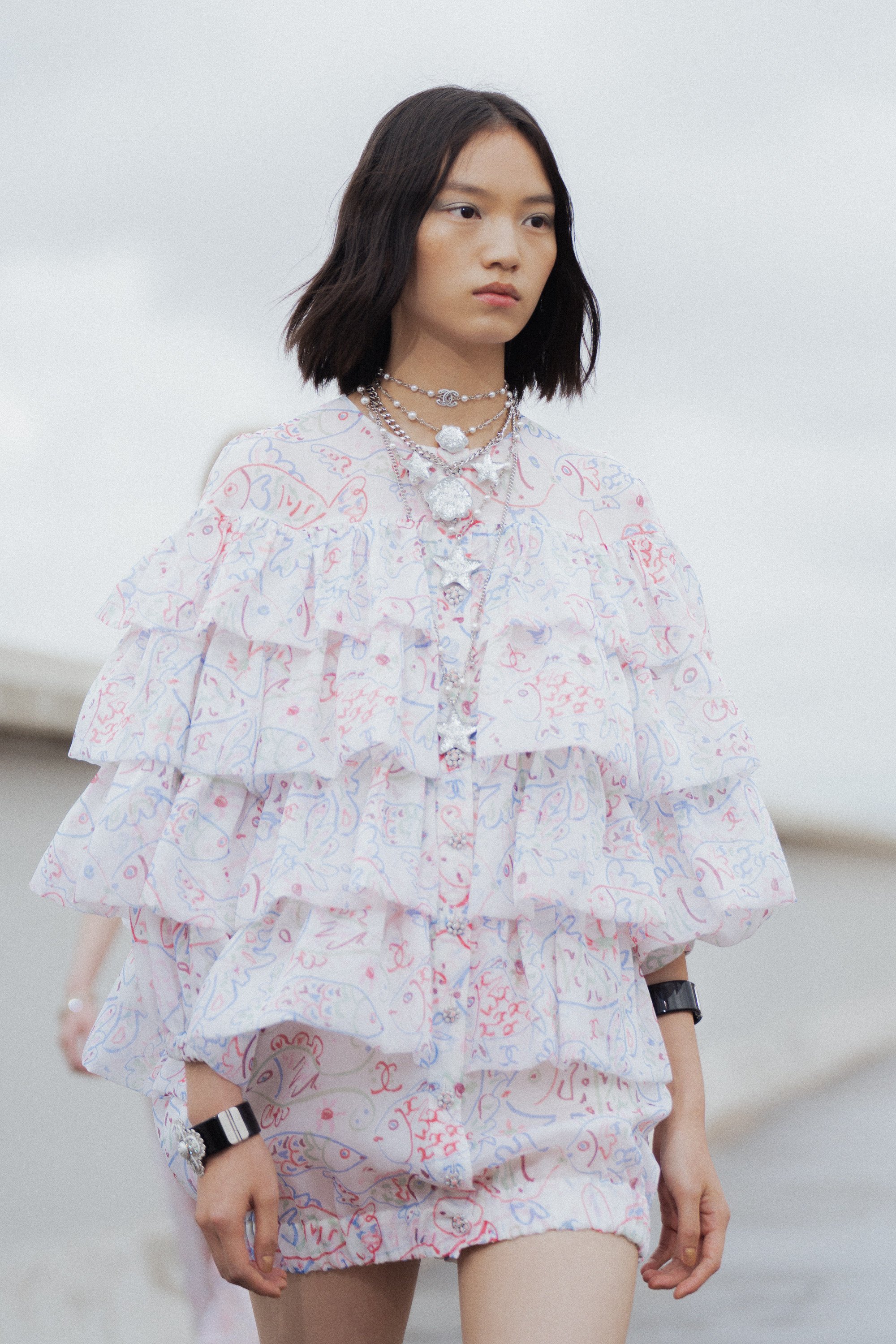
“This is the day to day life of a luxury brand: how you position yourself and reposition yourself and focus on creation, and surprise media and clients. This is what we’re doing,” he concluded.
